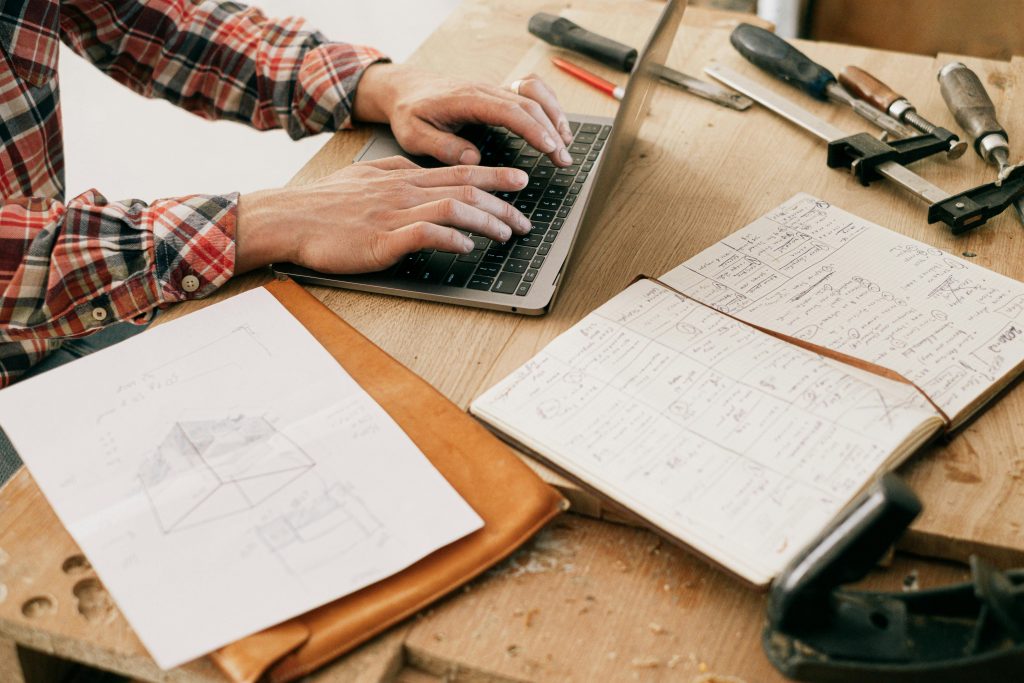Introduction
In today’s fast-paced world, staying organised isn’t just helpful—it’s essential. Whether you’re juggling work, family, study, or personal goals, a well-used planner can make all the difference between feeling overwhelmed and feeling in control.
But here’s the thing: owning a planner isn’t the same as using it effectively. Many people buy planners with the best intentions, only to let them collect dust after a few weeks. The key to lasting success is learning how to use your planner as a practical tool—not just a notebook filled with good intentions.

In this article, we’ll explore proven strategies for using a planner effectively, so you can boost productivity, reduce stress, and make steady progress on your goals—day by day.
1. Choose the Right Planner for Your Needs
Not all planners are the same. Choosing the right one depends on how you like to organise your time and what kind of planning style works best for your lifestyle.
Types of Planners:
- Daily planners for detailed scheduling and task management
- Weekly planners for a broader overview and time blocking
- Monthly planners for long-term goal setting and deadline tracking
- Digital planners or apps for tech-friendly users who prefer syncing across devices
Tip: Choose a format that matches how you naturally think and work—whether that’s paper-based or digital.
2. Set Aside Dedicated Planning Time
Consistency builds habit. To get the most from your planner, set aside time to plan each day and each week.
Daily (5–10 minutes):
- Review tasks and appointments
- Prioritise your top three goals
- Reflect on what didn’t get done and reschedule it
Weekly (15–30 minutes):
- Map out meetings and events
- Set key goals for the week
- Prep for upcoming deadlines or appointments
Treat your planning time like any important meeting—with yourself.
3. Use Time Blocking to Structure Your Day
Time blocking helps you organise your day into focused sections, giving you more control over how your time is spent.
Benefits of Time Blocking:
- Minimises decision fatigue
- Reduces multitasking
- Supports deep focus on important tasks
Example Time Blocks:
- 8:00 to 10:00 – Focused project work
- 10:00 to 10:30 – Email and admin
- 1:00 to 2:00 – Meetings
- 2:00 to 3:30 – Creative tasks

Be sure to include buffer time for breaks and transitions.
4. Follow the “Top 3” Rule
Instead of writing a long to-do list, focus on the top three tasks that matter most each day. This helps prioritise effectively and reduce overwhelm.
Why It Works:
- Encourages clarity and focus
- Helps you stay realistic about your capacity
- Provides a sense of accomplishment
Use a dedicated space in your planner to write down your top three priorities every morning.
5. Use Symbols or Colour Codes
Visual organisation tools help you quickly scan and understand your planner.
Ideas:
- A star for priority tasks
- A checkmark for completed tasks
- A dash or arrow for tasks in progress or rescheduled
- Colour-coded entries for categories like work, personal, health, or errands
Choose a simple key that makes sense to you and stick with it consistently.
6. Track Habits and Personal Progress
Planners aren’t just for to-dos—they’re also great for tracking habits and routines that support long-term growth.
Popular Habits to Track:
- Daily water intake
- Sleep hours
- Exercise
- Reading or study
- Meditation or reflection

Most modern planners include a habit tracker section, or you can create one yourself using a grid or checklist format.
7. Allow Room for Flexibility
Perfection isn’t the goal—progress is. Life is unpredictable, so build flexibility into your planning.
How to Stay Flexible:
- Leave buffer time between appointments
- Use erasable pens or sticky notes for rescheduling
- Accept that plans may shift, and adjust without guilt
A planner should support you, not stress you out. Adapt as needed.
8. Reflect and Adjust Regularly
A key to using a planner effectively is reflection. Regular check-ins help you stay aligned with your goals and identify what’s working.
Weekly Reflection Questions:
- What did I achieve this week?
- What obstacles came up?
- What do I want to focus on next week?
Reflection turns your planner into a tool for continuous improvement.
9. Align Planning with Your Goals
Use your planner to keep your long-term goals top of mind and turn them into actionable steps.
Monthly Goal Planning:
- Identify one or two priority goals
- Break them into weekly tasks
- Track your progress and adjust each week
This turns your planner into more than just a calendar—it becomes a roadmap to your bigger vision.
10. Build the Habit with Intention
The most effective planners are the ones that get used daily. Make planning a habit that fits naturally into your lifestyle.
Tips to Stay Consistent:
- Keep your planner in a visible spot
- Pair planning with an existing habit (like morning coffee or bedtime routine)
- Make the process enjoyable—use pens you like, take a quiet moment to reflect, and treat it as self-care

You don’t have to plan perfectly—just plan consistently.
Conclusion
Using a planner effectively is less about rigid structure and more about creating systems that work for you. When used with purpose, a planner becomes a tool for clarity, direction, and peace of mind.
Start small. Be consistent. Adjust when needed.
Because when your days are organised, your mind is free to focus on what matters most.

Leave a Reply